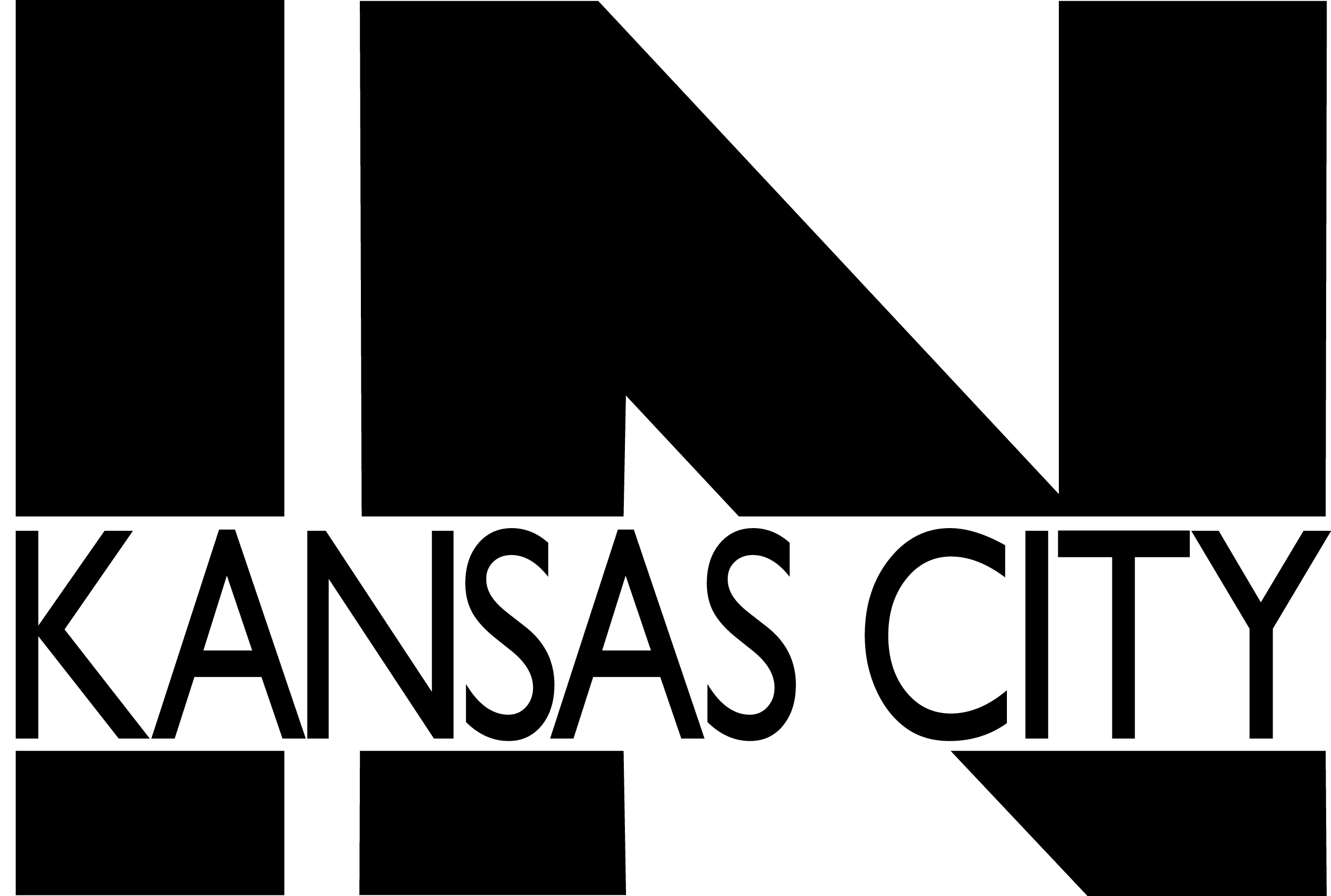Presented by Equity Bank

In his recent exhibit Ghost of the Plains at Haw Contemporary, photographer Doug Barrett showed us black-and-white images of an American West that might be unfamiliar, but nevertheless authentic. Dusty pickup-truck drivers, cowboys, ranchers, and wheat farmers show the legacy of the former slaves who came to Kansas after the Civil War in search of the Promised Land.
That promise has yet to be fulfilled.
Born in the South, Barrett first came to Kansas after serving in the military. By 2014, he started his creative business and now does photojournalism work for Bloomberg News, Time magazine, National Geographic, Politico, The New York Times, the Smithsonian Magazine, Washington Post, The Wall Street Journal, Education Week, The Chronicle, CNN, AARP, Capital B News, and has been featured on the Nasdaq billboard in Times Square NYC. Barrett’s work has also been featured on VICE, Fox News, and BBC World News.
He is also a contributor on social media via @everydayblackamerica, @everydayprojects, and @everydayruralamerica.
His fine art photography is in private collections at the Ulrich Museum, Mulvane Museum, and the Marianna Kistler Beach Museum of Art.
Barrett completed his undergraduate degree from St Augustine’s University and graduate school from Southwestern College where he holds an M.S. in IT Security Administration. He is also an FAA Part 107-certified drone pilot.
Why did you become a photographer?
When I was growing up, my father had a 35mm camera that he used to document our family life. We had tons of photo albums. I got my first 35mm camera in middle school, and it went from there. I am a photographer because relationships foster a deliberate meaningful life. Relationships are the core of collaboration and intimate storytelling. Relationships create change, which is a catalyst to the world we want to see. My work documenting justice issues and marginalized communities in America is where I find deep relationships and conversations. Apart from a deeply impactful body of work, it’s not lost to me that such a body of work and the magnitude of the issues I cover is far greater than its creator, and just as much relies on those who recognize the wide potential of the art and are willing to embrace its message in ways that I can’t do alone.
Your work involves both photograph as journalism and photograph as fine art. What can photos do that other art forms cannot?
Someone once told me that a photograph should speak for itself. If it does, that’s art. But sometimes you need more. Adding words in a caption or a background story can help explain or educate, as an artist statement can do.
Your recent exhibit Ghost of the Plains at Haw Contemporary focused on the Black experience, partly around Nicodemus, Kansas, the oldest Black settlement east of the Mississippi, which is now a national park. Why?
I was shocked to learn that this town had so much history but was so neglected. Even as a national park. You think of “national park,” and you think of Yellowstone, Yosemite. Nicodemus looks more like a trailer park. There is a shocking disparity. Nicodemus is under-funded and under-developed. The playing field is not now and never has been level. I wanted to show that.
What draws your eye as a photographer?
I carry a Leica camera with me wherever I go. I observe the light, the patterns, the rhythms. The camera is a tool that holds power when used properly. For me, it is about powerful, long-form, visual storytelling. Pictures are great but what is the impact?


